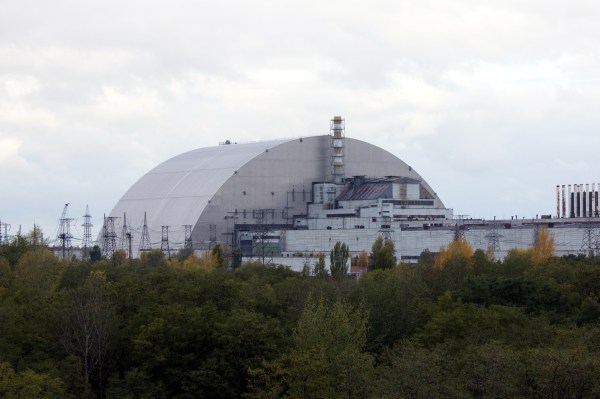Thirty-five years ago, radiation alarms went off at the Forsmark nuclear power plant in Sweden. After an investigation, it was determined that the radiation did not come from inside the plant, but from somewhere else. Based on the prevailing winds at that time, it was ultimately determined that the radiation came from inside Soviet territory. After some political wrangling, the Soviet government ultimately admitted that the Chernobyl nuclear plant was the source, due to an accident that had taken place there.
Following the disaster, the causes have been investigated in depth so that we now have a fairly good idea of what went wrong. Perhaps the most important lesson taught by the Chernobyl nuclear plant disaster is that it wasn’t about one nuclear reactor design, one control room crew, or one totalitarian regime, but rather the chain of events which enabled the disaster of this scale.
To illustrate this, the remaining RBMK-style reactors — including three at the Chernobyl plant — have operated without noticeable issues since 1986, with nine of these reactors still active today. During the international investigation of the Chernobyl plant disaster, the INSAG reports repeatedly referred to the lack of a ‘safety culture’.
Looking at the circumstances which led to the development and subsequent unsafe usage of the Chernobyl #4 reactor can teach us a lot about disaster prevention. It’s a story of the essential role that a safety culture plays in industries where the cost of accidents is measured in human life.
Continue reading “The Soviet RBMK Reactor: 35 Years After The Chernobyl Disaster”











